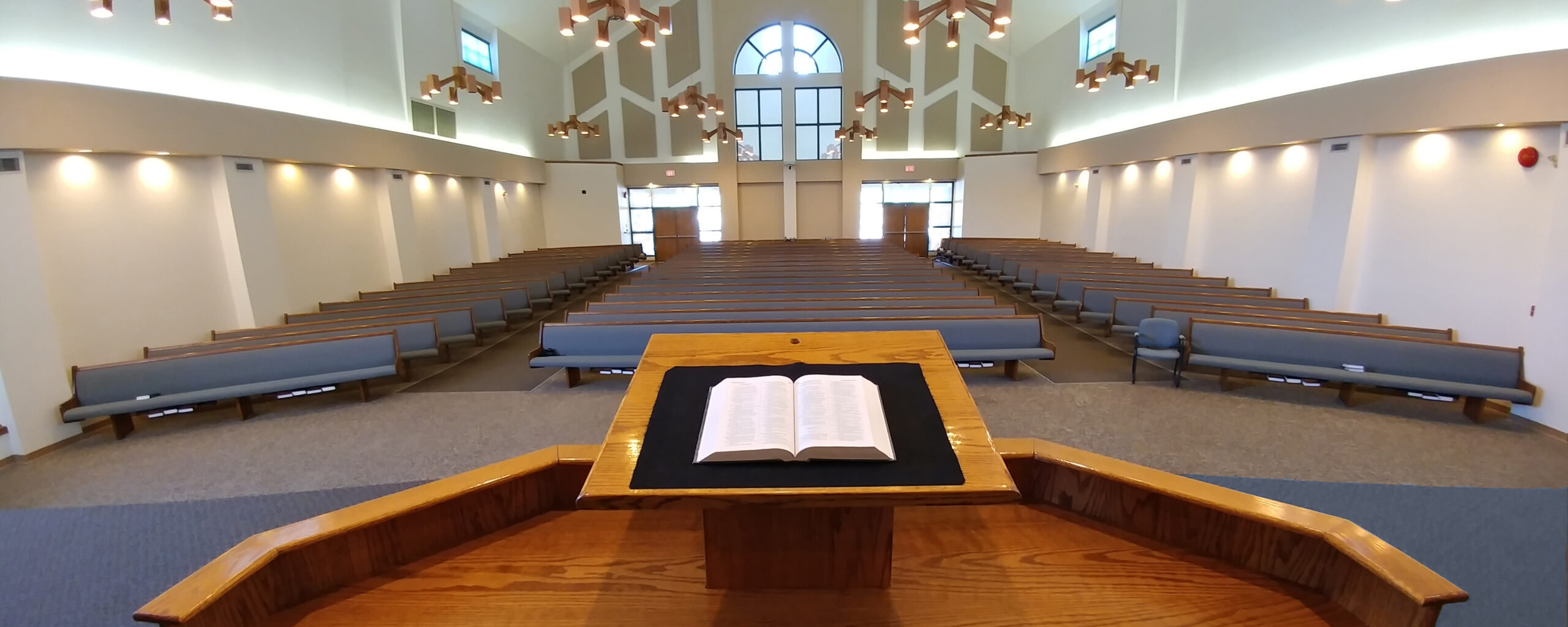Welcome

DAILY DEVOTIONAL
Todays meditation!
CHURCH SERVICES
Sundays at 10:00 am & 3:00 pm
VISITORS
Visitors will be welcomed by the host family
Welcome to the Canadian Reformed Church of Coaldale and thank you for visiting our website! Inside these pages you will find information about what we believe concerning the Word of God.
These resources are available to help you develop a meaningful relationship with God. Please consider joining us for worship in our church building. There you will find many people willing to answer your questions and who are interested in your story. For your convenience, you may also choose to worship with God’s people by tuning in to our live steam worship service.
For those of you more familiar with the Canadian Reformed Church of Coaldale, there are some great pages for you as well. Find practical info when attending our worship service. Discover the many different resources available to assist you in your search for knowledge about God. Explore how you can participate in this church community. Determine how you can use your gifts to serve others.
If you are interested in making a personal contact, or If you have any suggestions and/or edits for the website, please send us an email.
About Us
At the Canadian Reformed Church of Coaldale, you can look forward to inspiring preaching of the Word of God and find encouragement and support from a community of fellow believers in Christ.
When attending a worship service, you’ll find helpful practical information to guide your visit. Additionally, you’ll have access to the Holy Bible and examples of prayer to support your spiritual journey.
Church Life
All believers come together to share in the communion of saints. Since Christ has shared with all believers his treasurer and gifts, so too should believers use their gifts readily and cheerfully for the benefit and well-being of others. There are many ways which one can participate in or contribute to the communion of saints.
Outreach
The Coaldale Canadian Reformed Church supports various local, national and global organizations and programs that help to serve the invisible church and spread the gospel. Support can come in one or several formats such as action, prayer, or financial contribution. Check out our page to find out more information
Resoures
Helpful links to a wide variety or resources provided by the Federation of Canadian Reformed Churches or found on the internet.
